Our Sanctuary
-
2016 Renovation
-
2016 Renovation: A Legacy of Fr. Baer
 Father William Baer, Pastor of Transfiguration from 2010 until 2018, laid out a clear vision for the Sanctuary Renovations which were completed in 2016.
Father William Baer, Pastor of Transfiguration from 2010 until 2018, laid out a clear vision for the Sanctuary Renovations which were completed in 2016.
-
Rear High Altar
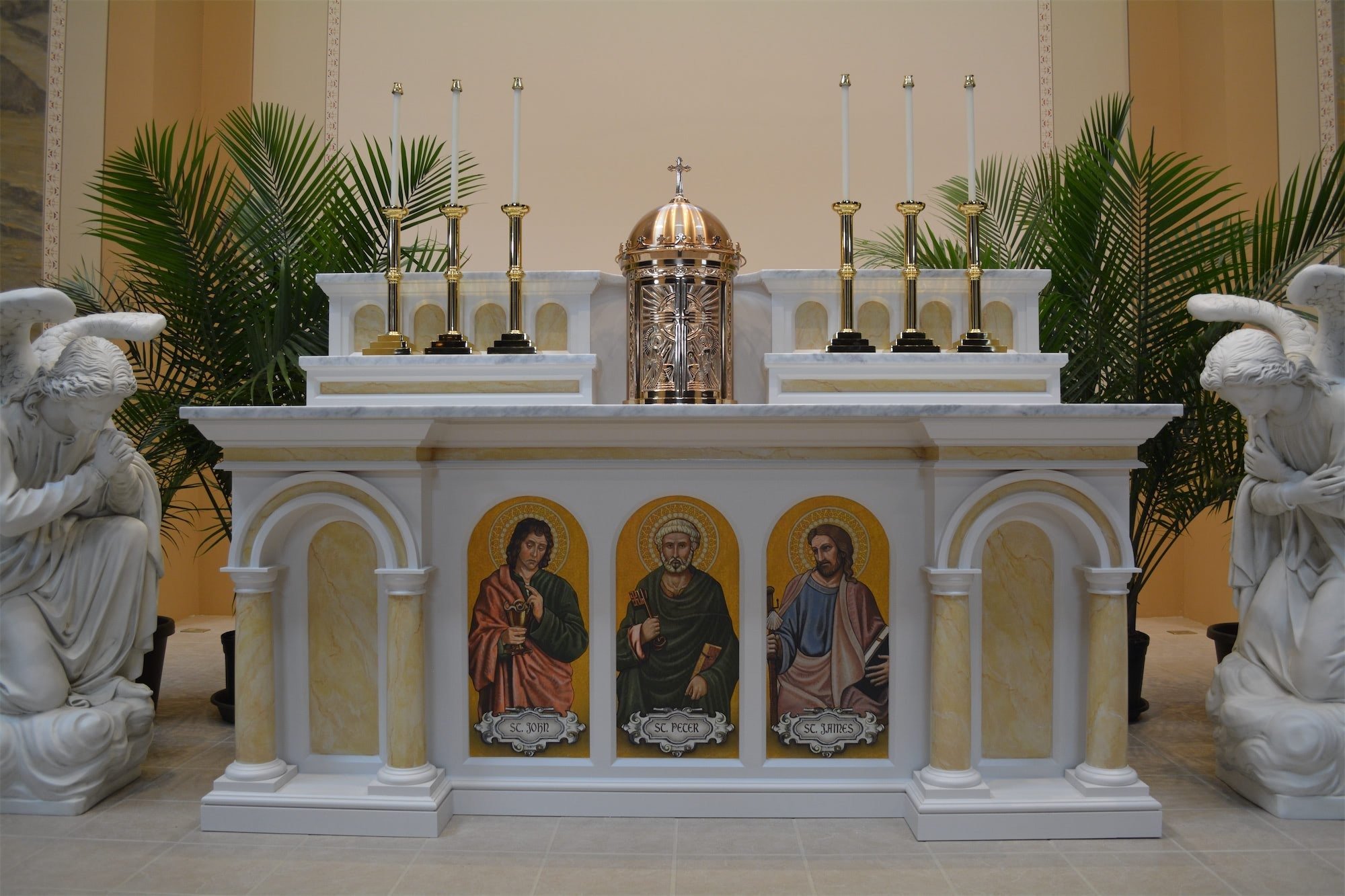 The High Altar was commissioned with the same arches and marble work as our columns. It features depictions of
The High Altar was commissioned with the same arches and marble work as our columns. It features depictions of
St. John, St. Peter, and St. James who witnessed the Transfiguration.
-
The Altar of Sacrifice
 This Altar was consecrated three times: by Archbishop Roach in 1986, and by Archbishop Flynn in 1999, then by Bishop Andrew H. Cozzens in May 2016 when the High Altar was added. The cross-shaped bronze plate that is now affixed to the front of our Altar is from our earlier Church on Harvester Avenue, across Century Avenue in Maplewood.
This Altar was consecrated three times: by Archbishop Roach in 1986, and by Archbishop Flynn in 1999, then by Bishop Andrew H. Cozzens in May 2016 when the High Altar was added. The cross-shaped bronze plate that is now affixed to the front of our Altar is from our earlier Church on Harvester Avenue, across Century Avenue in Maplewood.
-
-
-
Sanctuary Mural: Moses & the Burning Bush
 In Exodus 3:1-22, the Lord speaks to Moses from a bush that is burning yet not consumed. The Lord tells Moses, "Do not come near; take your sandals off your feet, for the place on which you are standing is holy ground." This declaration by the Voice of God is a great prefiguring of the Transfiguration, when God the Father declares from the cloud, "This is my beloved Son; listen to Him."
In Exodus 3:1-22, the Lord speaks to Moses from a bush that is burning yet not consumed. The Lord tells Moses, "Do not come near; take your sandals off your feet, for the place on which you are standing is holy ground." This declaration by the Voice of God is a great prefiguring of the Transfiguration, when God the Father declares from the cloud, "This is my beloved Son; listen to Him."
-
Sanctuary Mural: Elijah & the Fiery Sacrifice
 In 1 Kings 18:16-40, the Prophet Elijah challenges the prophets of Baal atop Mount Carmel to demonstrate whether the Lord or Baal is the true God. The Lord sends down fire to consume the sacrifice and the altar prepared by Elijah, and the people respond, "The Lord - He is God!" This is the foreshadowing of the Transfiguration, when God the Father demonstrates from heaven that Jesus is His beloved and glorious Son.
In 1 Kings 18:16-40, the Prophet Elijah challenges the prophets of Baal atop Mount Carmel to demonstrate whether the Lord or Baal is the true God. The Lord sends down fire to consume the sacrifice and the altar prepared by Elijah, and the people respond, "The Lord - He is God!" This is the foreshadowing of the Transfiguration, when God the Father demonstrates from heaven that Jesus is His beloved and glorious Son.
-
The Words of God the Father

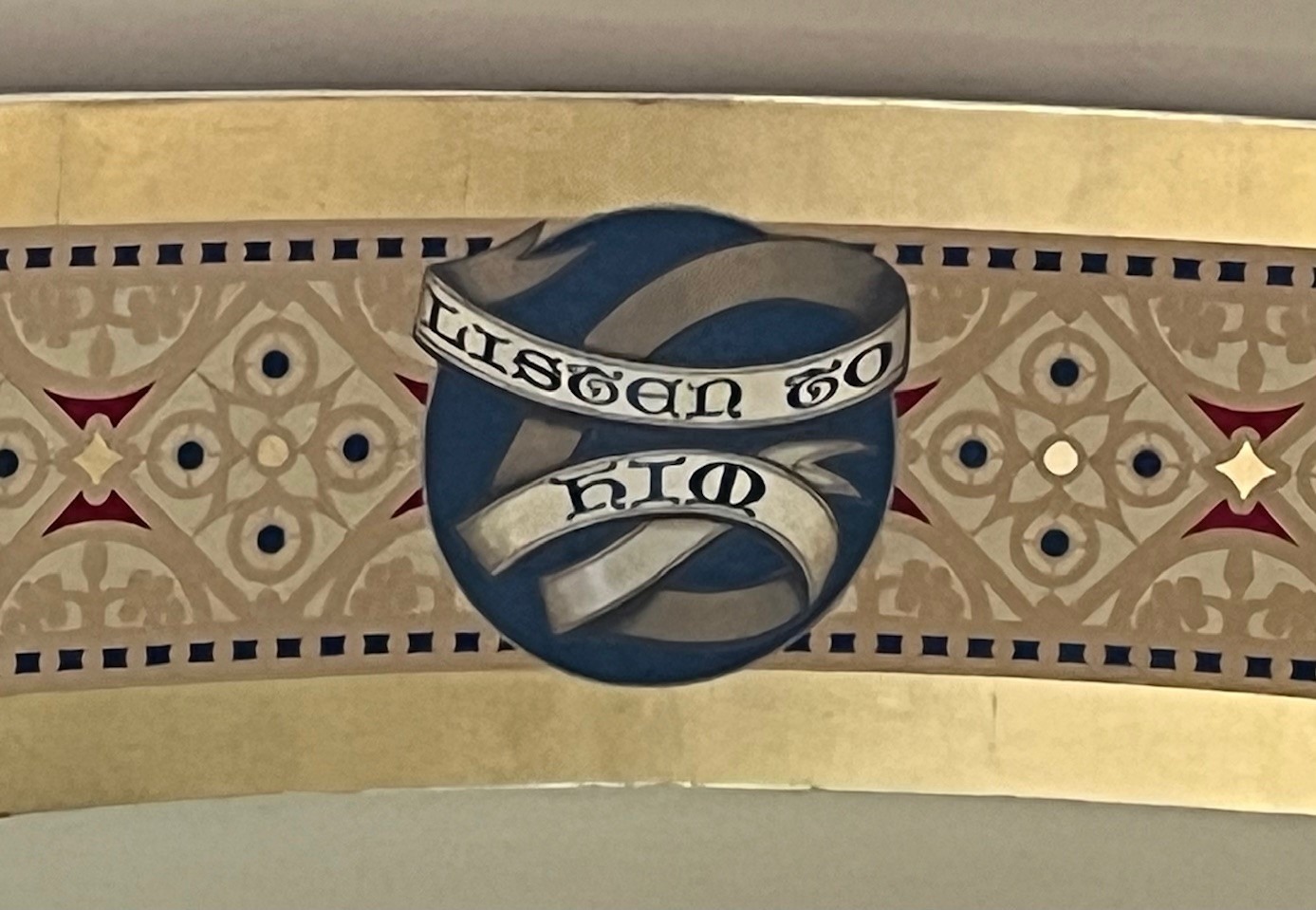 On the underside of the left and right arches are the words spoken by the Father from the heavens at the Transfiguration: "This is My Son," and "Listen to Him."
On the underside of the left and right arches are the words spoken by the Father from the heavens at the Transfiguration: "This is My Son," and "Listen to Him."
-
The Descending Holy Spirit
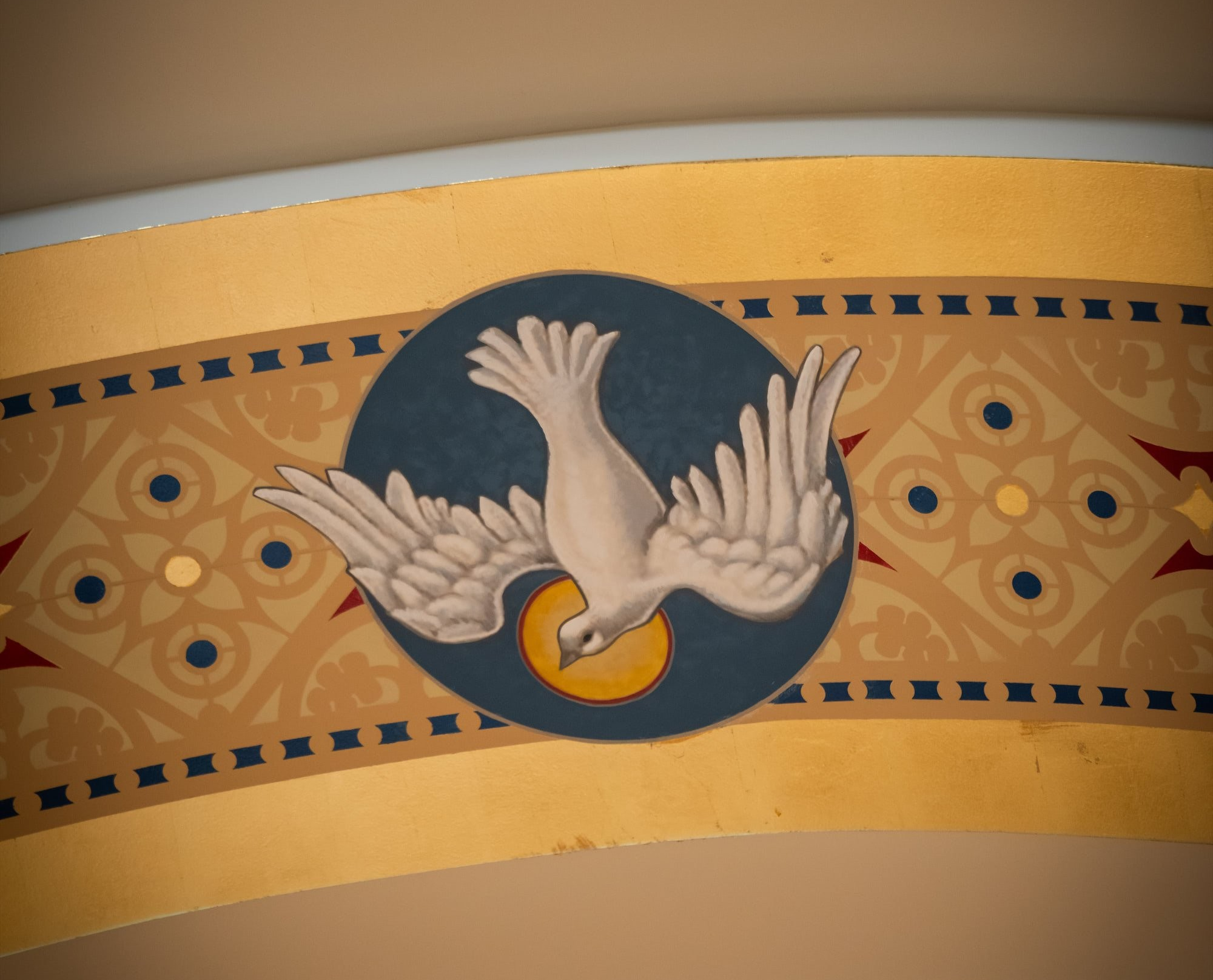 Directly above our Altar, on the underside of the central arch, is a depiction of the Holy Spirit as a dove. This follows a long-standing tradition in Catholic Church art, in which the Spirit is shown descending upon the bread and wine on the Altar at the portion of the Eucharistic Prayer termed the "Epiclesis" (Greek for "calling down from on high"), initiating the divine act of Transubstantiating the elements into the Body and Blood of Christ. (This Epiclesis is signaled by the first ringing of the bells.)
Directly above our Altar, on the underside of the central arch, is a depiction of the Holy Spirit as a dove. This follows a long-standing tradition in Catholic Church art, in which the Spirit is shown descending upon the bread and wine on the Altar at the portion of the Eucharistic Prayer termed the "Epiclesis" (Greek for "calling down from on high"), initiating the divine act of Transubstantiating the elements into the Body and Blood of Christ. (This Epiclesis is signaled by the first ringing of the bells.)
-
-
Relics of the Saints
-
Why do we have Altar Relics?Every Catholic Altar is to have a saint’s Relic (a first-class that is a small piece of the saint’s body) placed in or under the Altar’s table, or “mensa.” This custom extends back to the earliest days of the Church, when the Saints’ tombs served as Altars for the Eucharist, signifying their intercession and their presence in the “Communion of Saints.” First-class Relics were placed in our two Altars by Bishop Cozzens as part of the Consecration Rites on Sunday, May 22, 2016, at the 10:30 am Mass: Saint Elizabeth Ann Seton under our new high Altar, and Blessed Francis Xavier Seelos under our renovated Altar of Sacrifice.
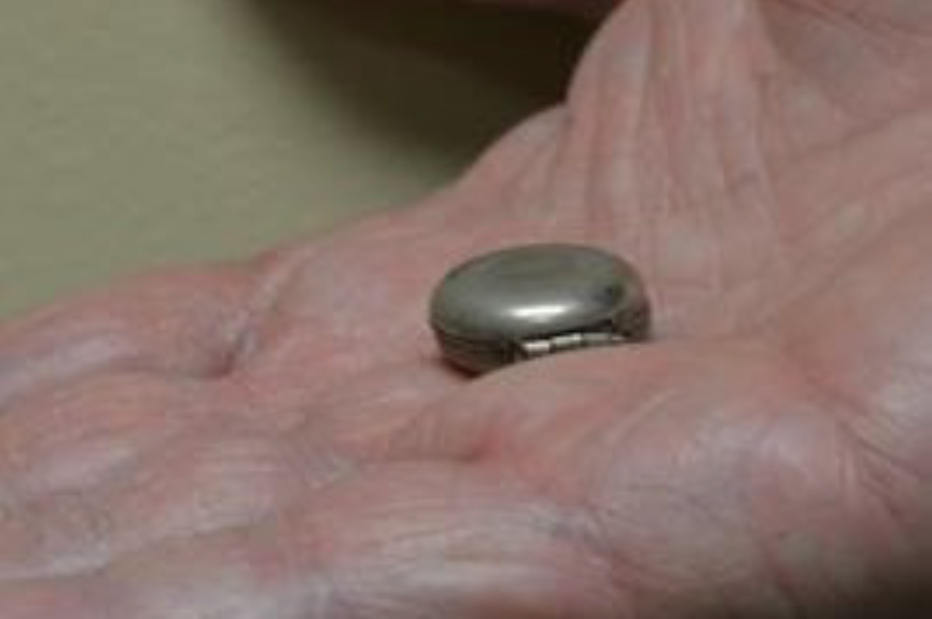
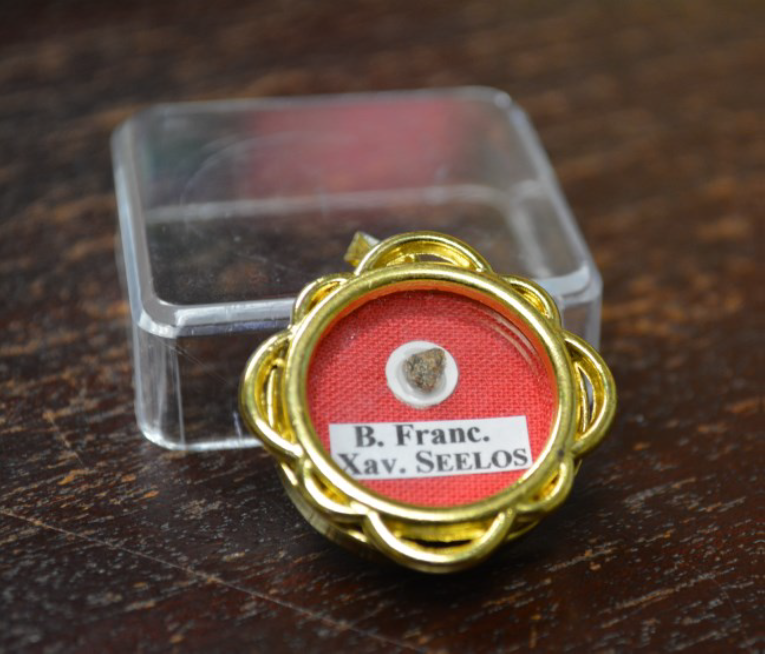
-
St. Elizabeth Ann SetonSaint Elizabeth Ann Seton (1774-1821) was Canonized by Pope Paul VI in 1975, the first American-born citizen to be “raised to the Altars,” and the patron saint of Catholic education in the United States. Wife, mother, widow, convert to the Catholic faith, foundress of the first order of American teaching sisters, familiar with both riches and poverty, she is a model for trust in God amidst the trials of life. Fr. Baer has had a life-long devotion to “Mother Seton,” extending back to the prayers of many children in Baltimore – where she lived for a time and established her first schools - for a final miracle needed for her sainthood. Saint Elizabeth Ann Seton, pray for our Parish and be our Catholic School’s patroness!
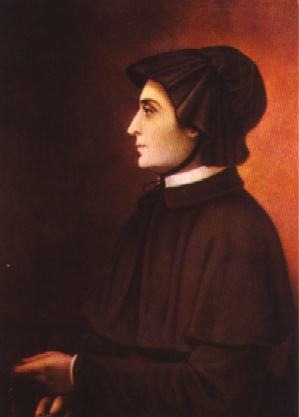
-
Blessed Francis Xavier SeelosBlessed Francis Xavier Seelos (1819-1867) was a German-born Redemptorist Priest who served as pastor and missionary in several locations throughout the United States. He was noted for his charity and humility, and for his gift for leading many to the Catholic Faith through his preaching. He died in New Orleans of yellow fever while caring for victims of the epidemic. He was Beatified by Pope Saint John Paul II in 2000.
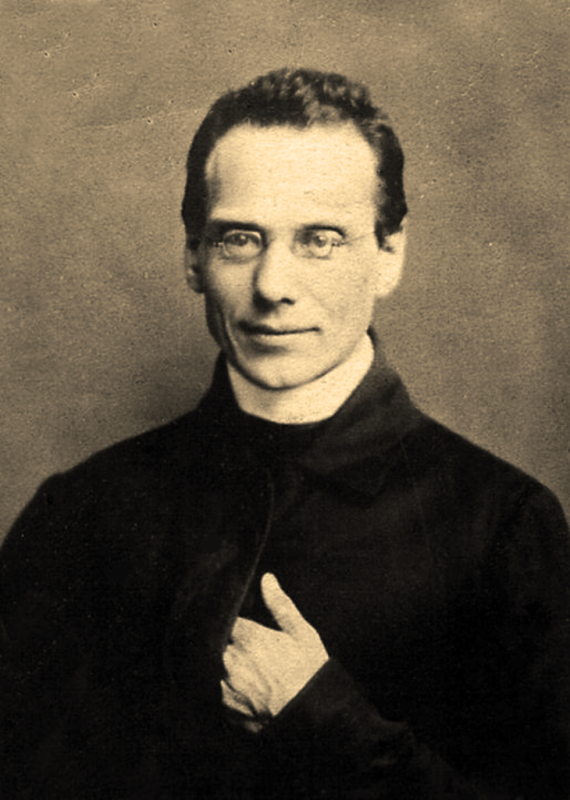
-
